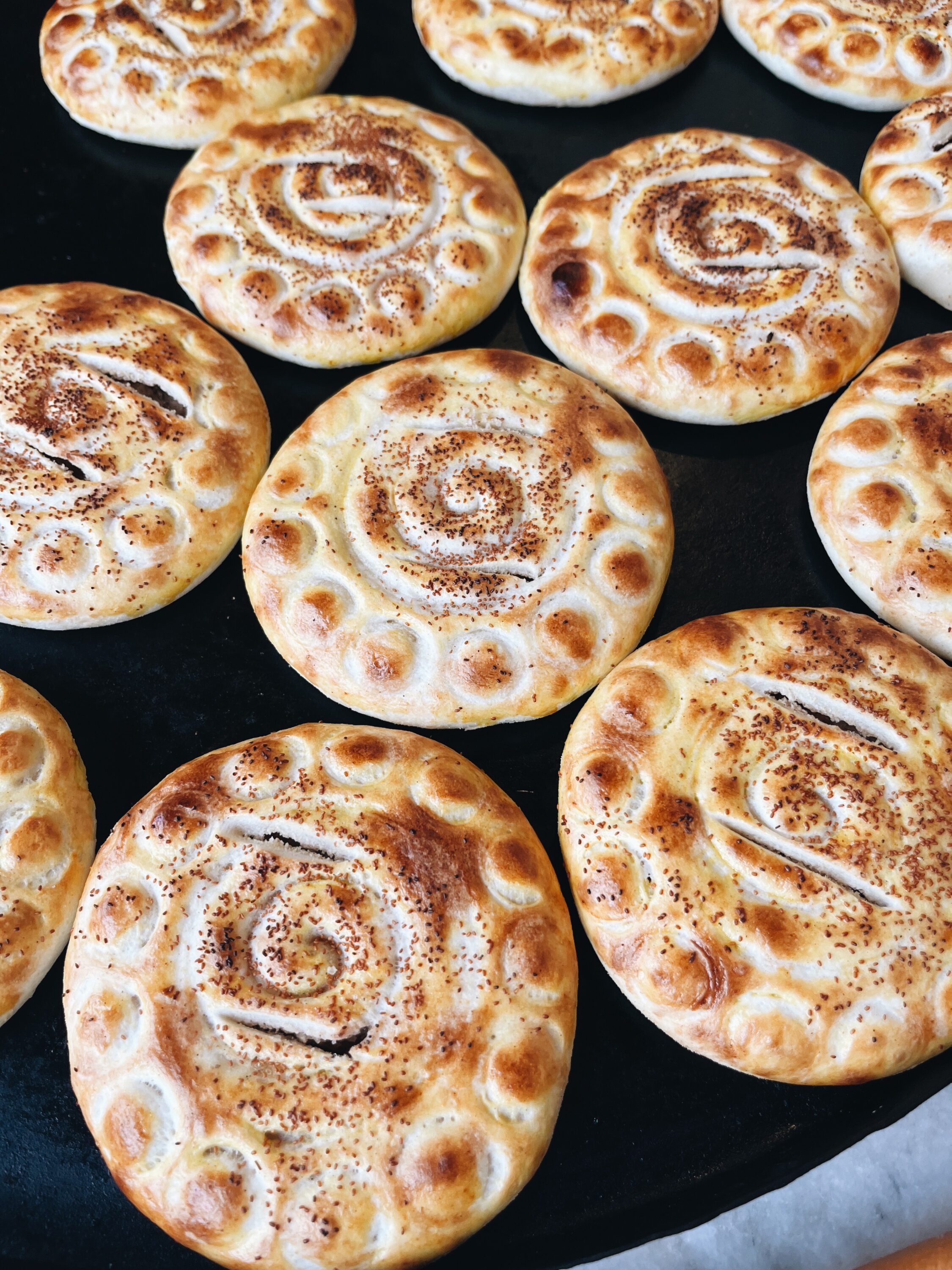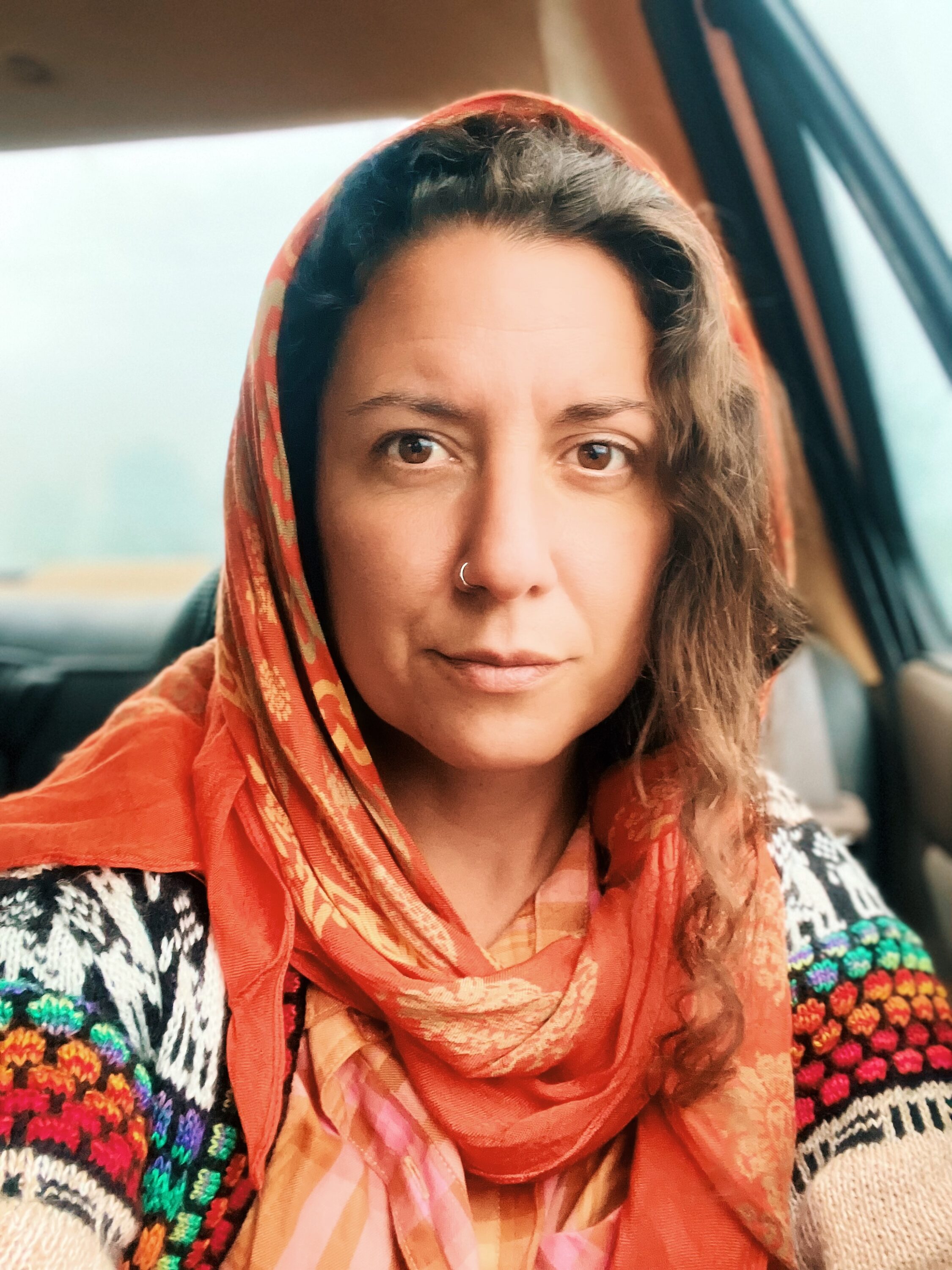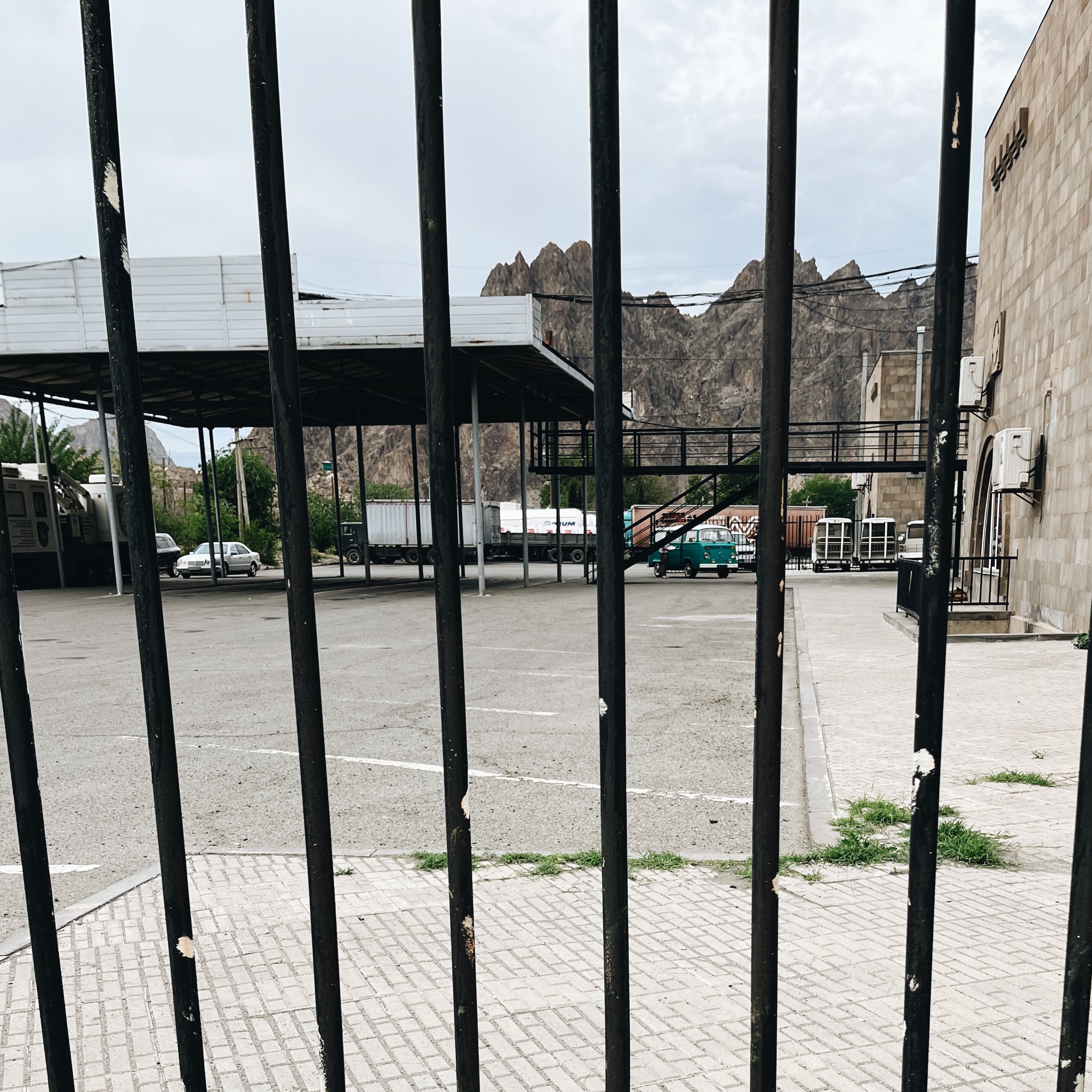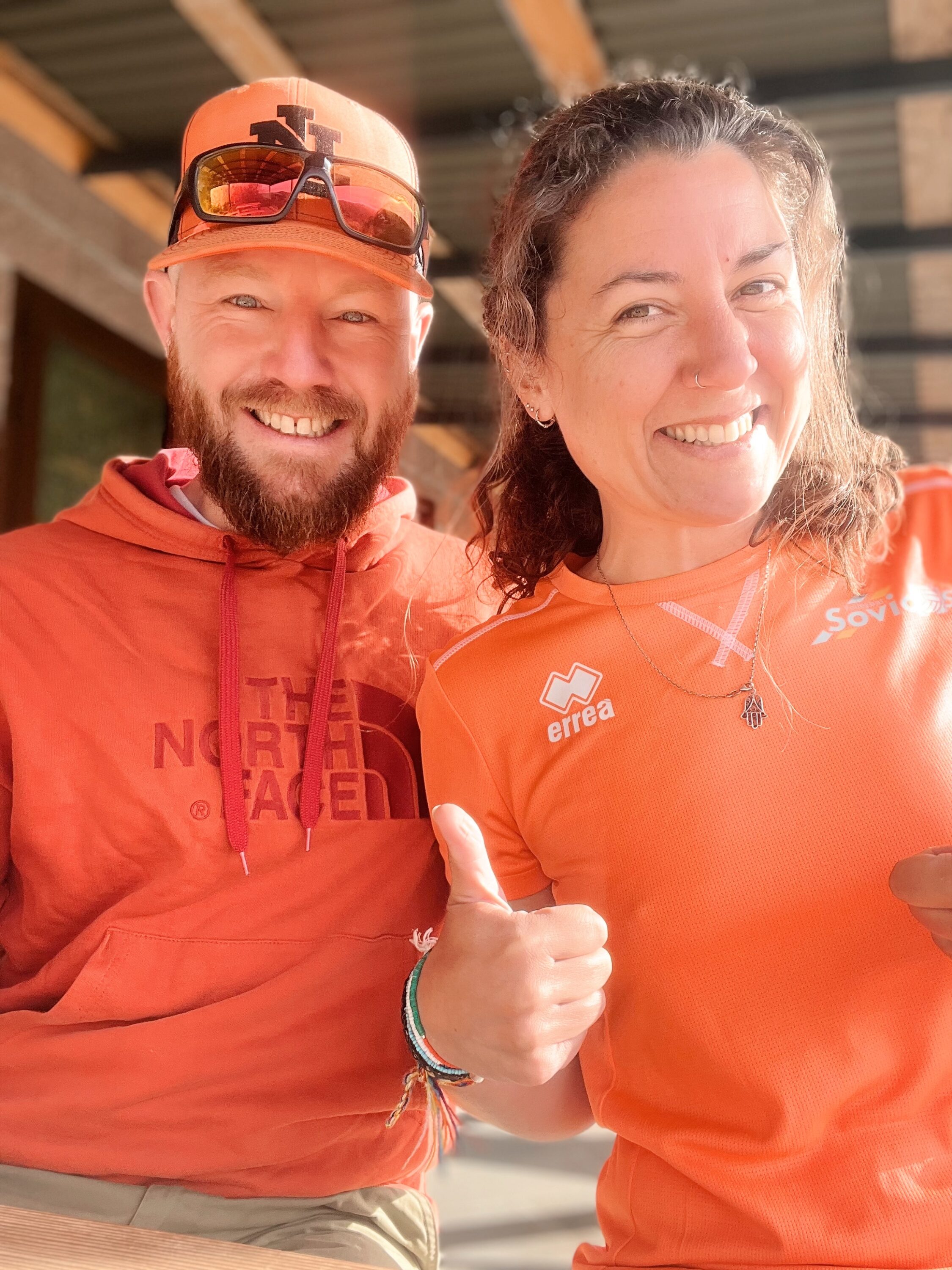From Quetta to Peshawar and still with our beautiful escort but without freedom.

The mother of caravanserais
The mother of Caravanserai
While the sun slowly disappears behind the horizon and a blanket of stars appears, we sit on our Persian rug, enjoying the view on an ancient Caravanserai.
Deir-e Gachin Caravanserai
The Caravanserai we look at is also known as “The mother of the Caravanserais”. Beautifully set against the blue background of the endless sky, where only the highway running next to her betrays the modern age in which we live. Once an important place on the Silk Road. A place where merchants, travelers and even kings gathered. With hundreds of camels they traveled from east to west or south to north and all passed this Caravanserai. An oasis in the desert. With halls where the breath of the camels and fires that kept the servants warm heated the rooms of others, the little rainwater was stored in a large bathroom and each stone tells a story of the lost past. The walls of this Caravanserai must have seen so much, have so many stories to tell. It is fantastic to walk through the ancient halls, to walk on the ground where Marco Polo once walked, and with him so many others. Perhaps Alexander the Great also came here to rest from his conquerings.
Caravanserai
A Caravanserai was a roadside inn where travelers could rest and recover from the day’s journey. Caravanserais supported the flow of commerce, information and people across the network of trade routes covering Asia, North Africa and Southeast Europe, most notably the Silk Road.
In short; it were the hostels of ancient times.
From caravanserai to monastery
Meanwhile the wind has returned and the desert landscape around me changes into a large sand-colored cloud. The moon dazzles the stars and the lights of the trucks on the busy highway make sure I don’t completely lose myself in 1001 nights. But it’s nice to see that the Caravanserai is still standing on an important location. This time it is not the Silk Road it is located at, but the route from Tehran to Qom and beyond.
Past and present travelers come here from the farthest corners of the world. Then traders sold their finest products here, travelers complained about the hot desert and servants took care of the camels. We have now exchanged the camels for cars, the merchandise for cups of coffee and the hot desert for a smooth highway. But travelers still get together, sharing knowledge and talk about the most beautiful adventures late into the night. Times change but people stay the same. That restless feeling of discovering, sharing and being is still within us. The millions of stars twinkling overhead in the dark night calm us. We don’t find the inner peace we so need in cities, but in places like this.

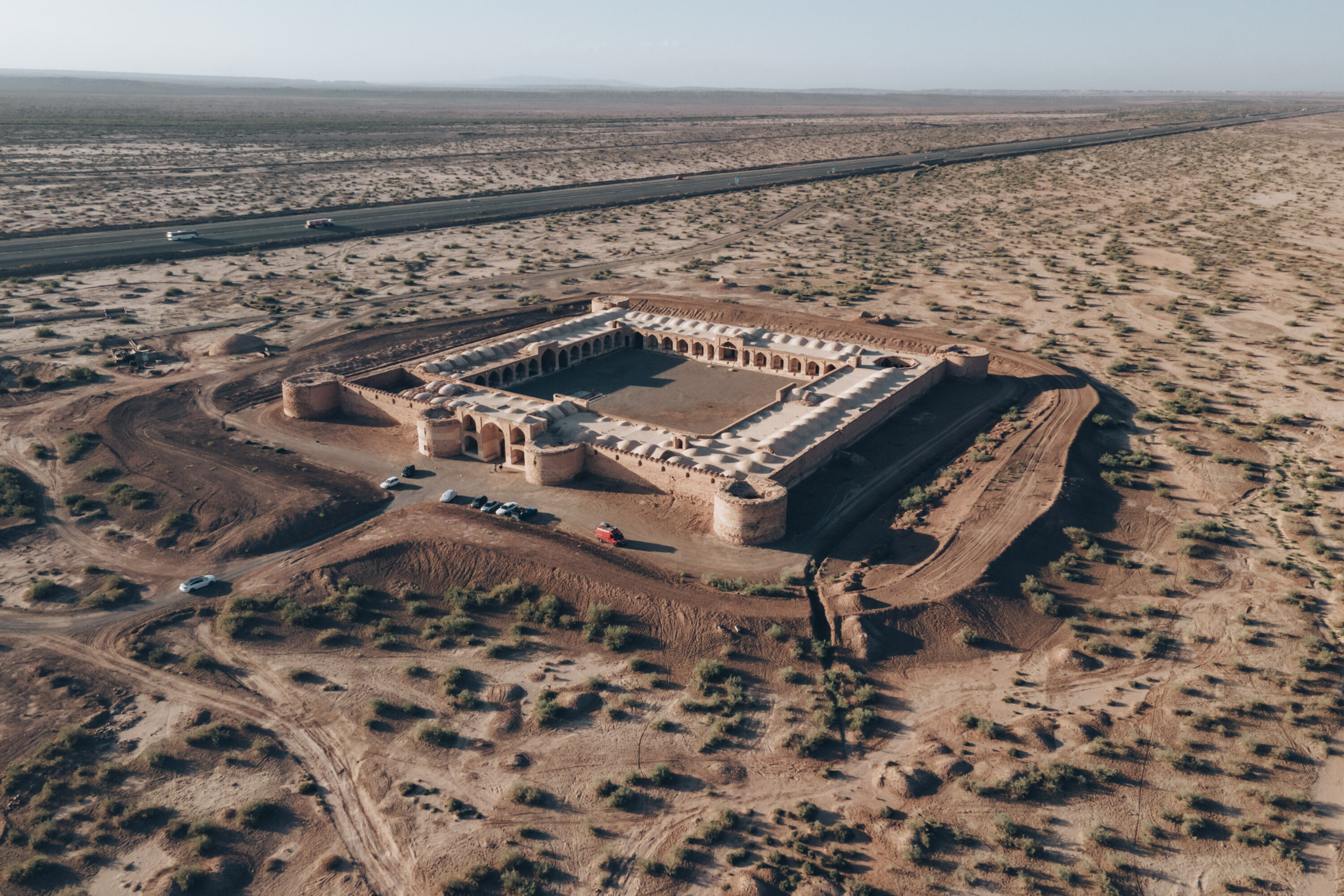
The cool corridors of the Caravanserai not only contain thousands of footprints but also ancient memories. Men with turbans, tanned faces and beards full of sand walked the corridors in search of the finest merchandise. Camels came to rest here after many miles through the hot desert. Travelers from the west and east gathered here and cultures fused like a ring of gold in hot fire.
A plastic bag flies through the air and finds it’s way inside. I awaken from the memories of our ancestors. The conversations from then turn into the honking of cars on the road. The world the same and yet so different. This place was once a gigantic oasis in a landscape of sand-colored endlessness. Now it is a tourist attraction not far from the capital of Iran where millions of people live.



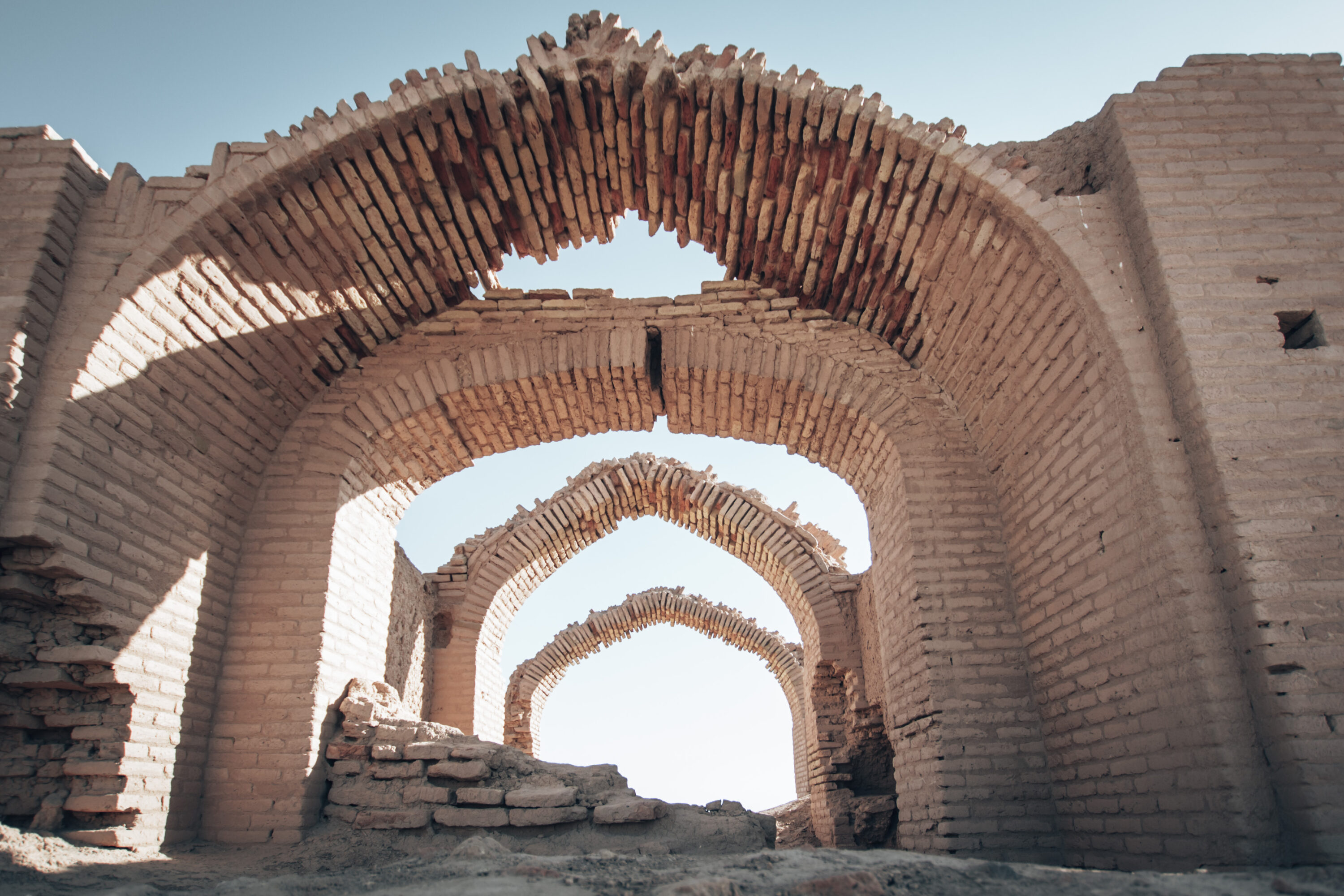
Use of the Caravanserai in modern times
We are kindly received by one of the volunteers living at the Caravanserai and shown around. We get a delicious coffee and listen to all the stories with great interest. We look at art, listen to classical Iranian music and cuddle with the dogs and the black sheep. I was already a fan of Caravanserais, and a place like this increases my love, if at all, immensely. The Caravanserai is inhabited by a community of 15 to 30 people, tourists are welcome for a night and sometimes an evening with live music is planned. But luckily it’s all still very basic. It is not a four star hotel, you will not find luxury and it is not a tourist attraction where buses full of visitors stop for a short tour. And that’s a good thing.
How do they make sure this place is maintained? And where do they get the money to restore it? That’s because of the volunteers who live here. They have been restoring this place for five years now, without too much government involvement, but also without much money. That is why tourists can stay in rooms, you can order a coffee in the cafe and occasionally a concert is planned. The community of artists is a special one and we think it’s wonderful to see that they maintain the place so well, that they live together here and provide such a nice atmosphere. Soon this will probably become a UNESCO heritage site and the question is whether the artists will still be able to live there. The good thing is that the beautiful and so important Caravanserai is being protected. There will never be a four star hotel here and part of the Silk Road will be preserved as it once was.
We leave the Caravanserai behind us and with it a piece of our heart. But the road is calling, and the voices of former times whisper to us from the ancient Persian architecture. We still have a lot to discover in the land of 1001 nights and millions of stories. We are also a bit tired of the gadflies and the poor (internet) reach keeps us from the little work we still have to do. So let’s move on, but not before we exchange songs – and music – with one of the volunteers. He makes fantastic creative and experimental music. Unfortunately still not legal in Iran so we keep his name and appearance a secret. But we’ll share his music with you in one of the videos you’ll be seeing soon. Be ready to be mesmerized and enchanted!
Love, Milene & Yuri
Check our latest blogs
Escort Quetta – Peshawar
Police operation Quetta
Finally we arrived in Quetta, but the police operation didn’t stop. Getting money from the ATM, getting a SIMcard, even doing groceries we do accompanied by the police.
The escort from Taftan to Quetta, Pakistan.
Blogs say it would take two or three days. Our levies had another plan. 635km’s in escorte, welcome to Pakistan.







